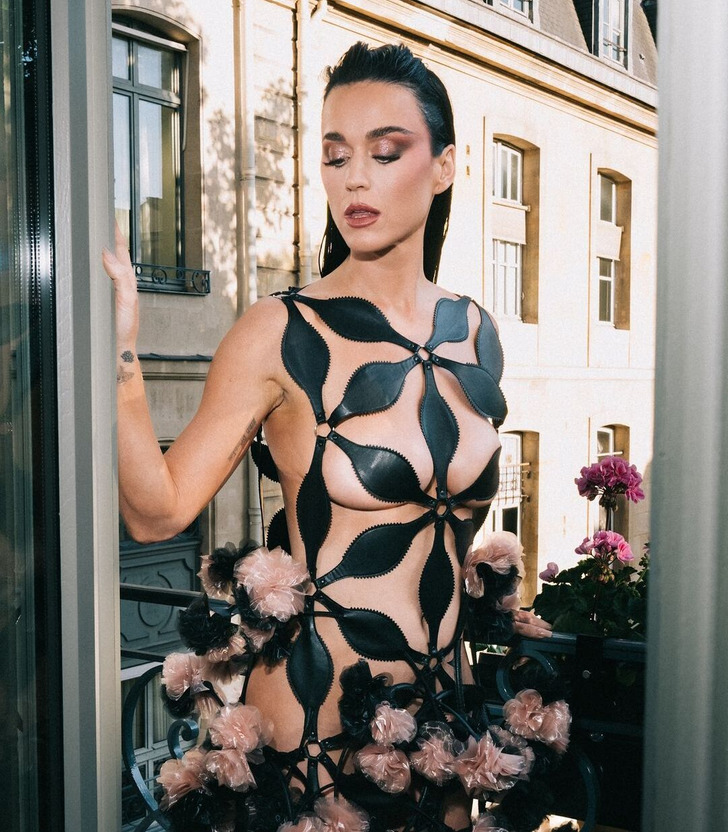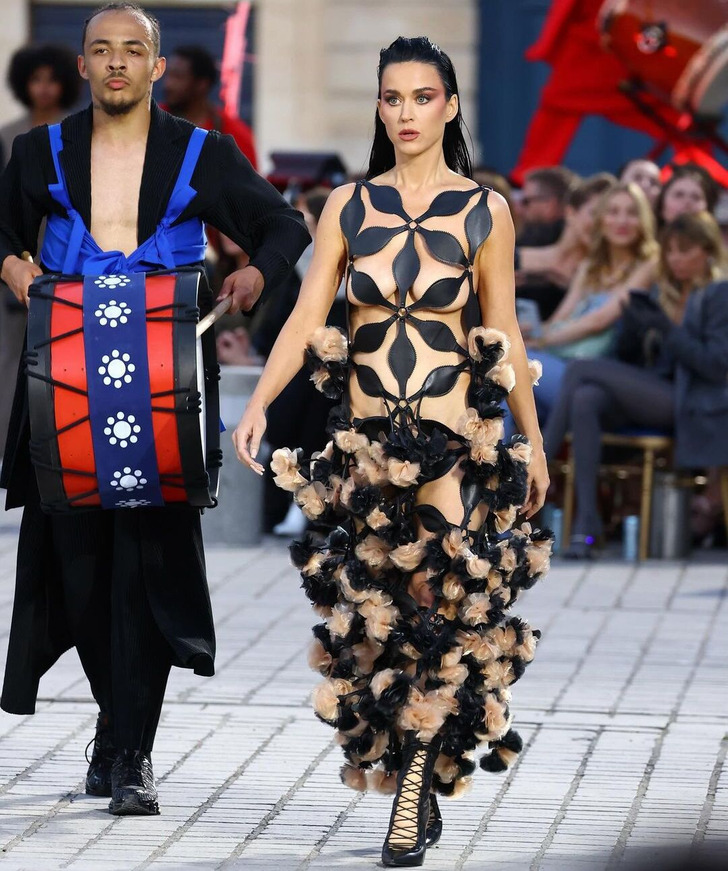
Tuesday marks the 91st birthday for Kim Novak, the star of Alfred Hitchcock’s 1958 film Vertigo, who walked away from Hollywood over five decades ago.
“She’s spending her birthday having a picnic on her property with friends and lots of fudge,” says her longtime manager and close friend Sue Cameron.
Life is sweet these days for Novak, who lives quietly on the Oregon coast, surrounded by her beloved horses.
In honor of her 91st birthday, read on for an interview from 2021 in which Novak shared why she left Hollywood and found her true self.
:max_bytes(150000):strip_icc():focal(564x0:566x2):format(webp)/kim-novak-91-birthday-2-021324-db00ece17a544a71adef40001f6fabd0.jpg)
Over 50 years ago, Kim Novak, the enigmatic star of Alfred Hitchcock’s Vertigo, walked away from Hollywood. The woman who had once been the No. 1 box office draw in the world put her belongings in a van and drove north, first to Carmel, California and then two decades later to Oregon, to live her life as an artist.
“I had to leave to survive,” she tells PEOPLE. “It was a survival issue.”
“I lost a sense of who I truly was and what I stood for,” says Novak in a rare interview to talk about her new book, Kim Novak : Her Art and Life. published by the Butler Museum of American Art.
“I fought all the time back in Hollywood to keep my identity so you do whatever you have to do to hold on to who you are and what you stand for,” she explains.
“I’ve never done one of those tell-all books that they wanted me to do for so long, and I thought this is the kind of book I’d like to do,” she says of her art book. “Actually, I had written my autobiography and it was almost complete but I had a house fire and the house burned down and I made no copies. I just couldn’t go through it again because I had spent so much time. But it was okay because it was a catharsis just to do it.”
After starring in Picnic (1955) with William Holden, The Man With the Golden Arm (1955) and Pal Joey (1957), opposite Frank Sinatra, and Vertigo, with Jimmy Stewart, Novak was at the height of her career but still under the control of the studio.
As she writes in her book’s introduction, “I was both dazzled and disturbed to see me being packaged as a Hollywood sex symbol. However, I did win my fight over identity. I wouldn’t allow [Columbia Pictures chief] Harry Cohn to take my bohemian roots away by denying me my family name. Novak. I stood my ground and won my first major battle.”
Cohn wanted her to change her name to Kit Marlowe, telling her that audiences would be turned off by her Eastern European roots. She refused. In the late ’50s, she defied him again when she began dating singer Sammy Davis Jr. against his wishes and she fought to live her life as an independent woman.
“There was constant pressure to be seen and not heard,” writes Novak, “especially if you had a pretty face.”
“In Hollywood a lot of people assume who you are, because of the character you play, but also just because of who they expect you to be, how they expect you to dress,” she says. “It influences you because if you’re in some gorgeous sequined gown, you can’t run along the ocean and run on the beaches.”
:max_bytes(150000):strip_icc():focal(999x0:1001x2):format(webp)/kim-novak-2-101231c27b9c4df5a8faf795e92c9c13.jpg)
“I kept feeling like I was going deeper and deeper, lost in almost like a quicksand, where it’s swallowing you up, your own personality, and I’d started to wonder who I am,” she explains. “I realized needed to save myself.”
She found peace living and painting in the Rogue River Valley of Oregon and notes, “I needed the Pacific Ocean to inspire me, the animals, the beauty.”
“I wanted to live a normal life and a life with animals,” says the actress, who had always loved drawing and painting as a young girl growing up in Chicago. She was awarded two scholarships to the Chicago Art Institute before she was spotted by a talent scout on a trip to L.A. and her life changed course.
Once she left Hollywood, Novak returned to her twin passions: art and animals. “My teachers were the animals, not just dogs and cats, but other animals, horses and llamas, whom you have to meet half way, because they’re not ready to accept humans. I had to learn to win them over,” she says. “They understand a person who’s genuine so I had to become more real and that made me rely on my inner self — and that also encouraged me to paint. Everything seemed to flow from that.”
“You learn how to count on, not how you look, which is a big thing as a movie star, especially if you were recognized because of how you look,” she adds. “That can be a difficult thing when you change — but looks had nothing to do with it.”
She met second husband, Robert Malloy, an equine veterinarian, in the late ’70s, when he paid her a house call to treat one of her Arabian horses. She called him her “soul mate.” He died last December.
:max_bytes(150000):strip_icc():focal(653x0:655x2):format(webp)/KIM-NOVAK-jimmy-stewart-VERTIGO-2000-5dc2a42cbd04435a89e716959a51902d.jpg)
“I don’t feel 87,” says Novak. “I don’t keep tract of the time. If I did, I’d be an old lady and I’m not an old lady. I’m still riding my horse. I stay as healthy as I can.”
In 2012, Novak revealed she’d been living with bipolar disorder. “I don’t mind being open about who I am because these are all characteristics which make you who you are, especially as an artist,” she says. “Now, of course, I have medication for it but the best medicine of all is art.”
She’s proud of her favorite films, including Vertigo and Bell, Book and Candle (1958), and has fond memories, especially of her friend and costar Jimmy Stewart. Says Novak: “He didn’t let Hollywood change who he was.”
“People can remember me in movies but I want them to see me as an artist,” says Novak, whose paintings were exhibited at a 2019 retrospective at the Butler Museum in Youngstown, Ohio. “What’s great about painting is, you become the director too. No one’s telling you how to do it. You get to direct the whole thing.”
“I’ve been influenced a lot by Hitchcock in my work because he did mysteries and at first glance, I want my painting to be a mystery,” she says. “I love being the director, the producer, the actor in my paintings.”
“This is who I am. I want people to see I was not just a movie star.”
Looking back, Novak says, “I’m so glad I didn’t do the tell-all book, where you write all about your love life. That wasn’t who I was. This book tells who I am. I just needed to be free.”
Katy Perry Left Little to the Imagination in a Unique Dress That Had People Buzzing
Katy Perry stunned onlookers as she walked the runway for Vogue World: Paris. However, her dress, comprised of geometric figures that left the singer half-naked, sparked comments online.
The “California Gurls”singer, now 39, made a stunning entrance in Place Vendôme, the iconic Parisian plaza, donning an archival Noir Kei Ninomiya dress adorned with geometric shapes and tulle floral embellishments on the skirt. This barely-there garment showcased plenty of Perry’s skin, but she exuded confidence and elegance as she walked around the plaza for the VIP guests in attendance.

Perry, who took everyone by surprise — including viewers watching the livestream hosted by Cara Delevingne — wore her dark hair slicked back, accentuating her striking features. Her makeup was a harmonious blend of rosy lip color and matching eyeshadow, and her look was completed with edgy lace-up boots.

Katy Perry’s walk was a highlight of the 1980s segment, which paid homage to martial arts. This year’s Vogue World event celebrated the intersection of fashion and sports, with each decade from the 1920s onward spotlighting a different sport. The show prominently featured both contemporary and historic French designers and fashion houses, emphasizing Paris’s pivotal role in the fashion world.
The event was a spectacular showcase with over 500 athletes, performers, surprise guests, and models participating. It seamlessly blended the vibrancy of sports with the elegance of fashion, creating a dynamic and memorable experience.

Videos of her runway walk were published on several fashion-focused social media channels. Opinions about her look flooded the comment sections. Most people complimented the dress on her, leaving comments like, “Katy Perry’s ability to pull off so many things is my favorite part,” and “It suits her perfectly.” But one detail that stood out was the apparent lack of plastic surgery on her body, which resulted in one commenter writing, “A natural woman. Love it.”
Katy Perry’s dazzling appearance at Vogue World: Paris is just one example of how fashion and entertainment continually intersect to create unforgettable moments. With her striking presence and fashion-forward choice, Perry once again proved why she remains a beloved icon in the industry.



Leave a Reply